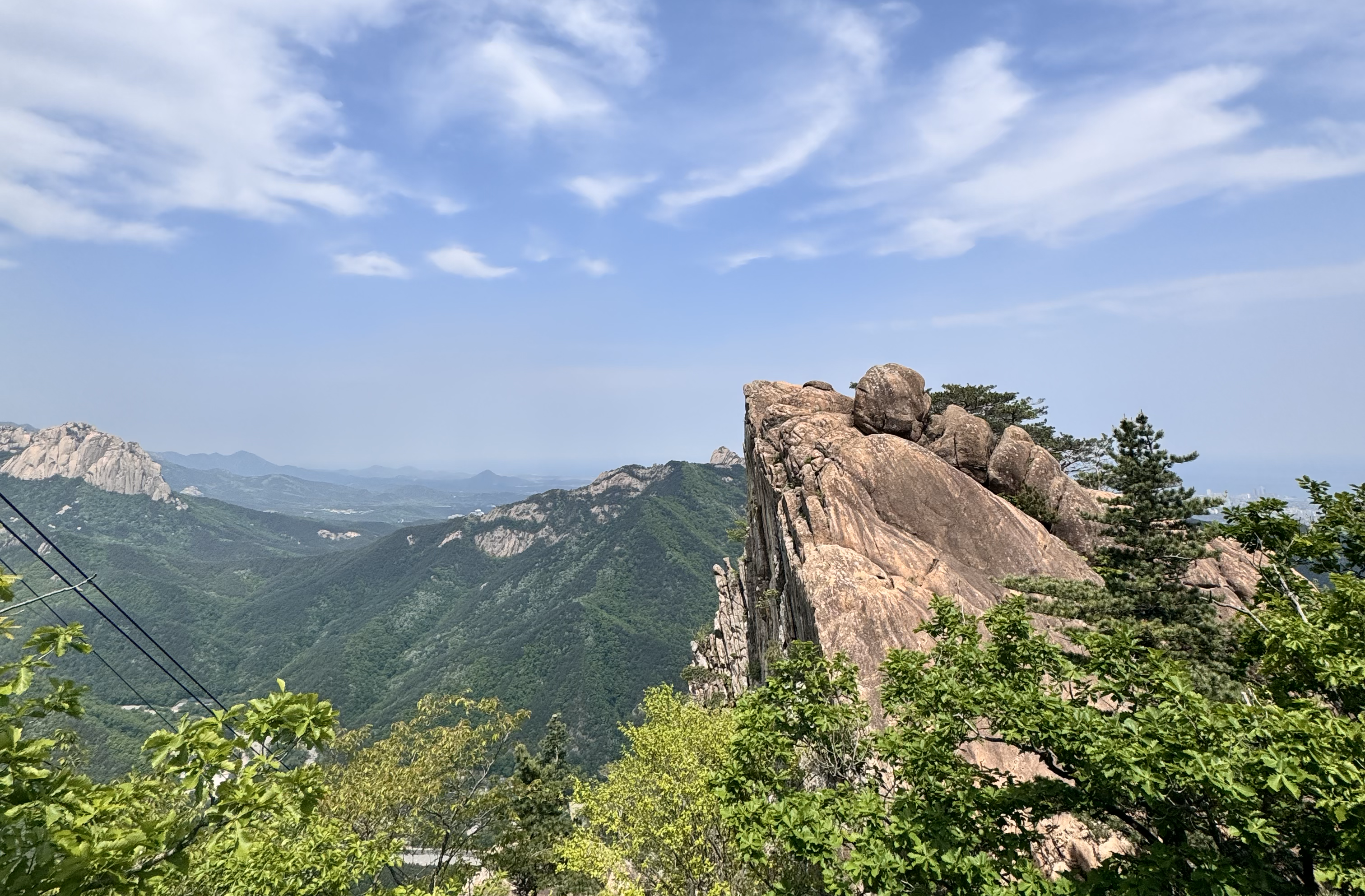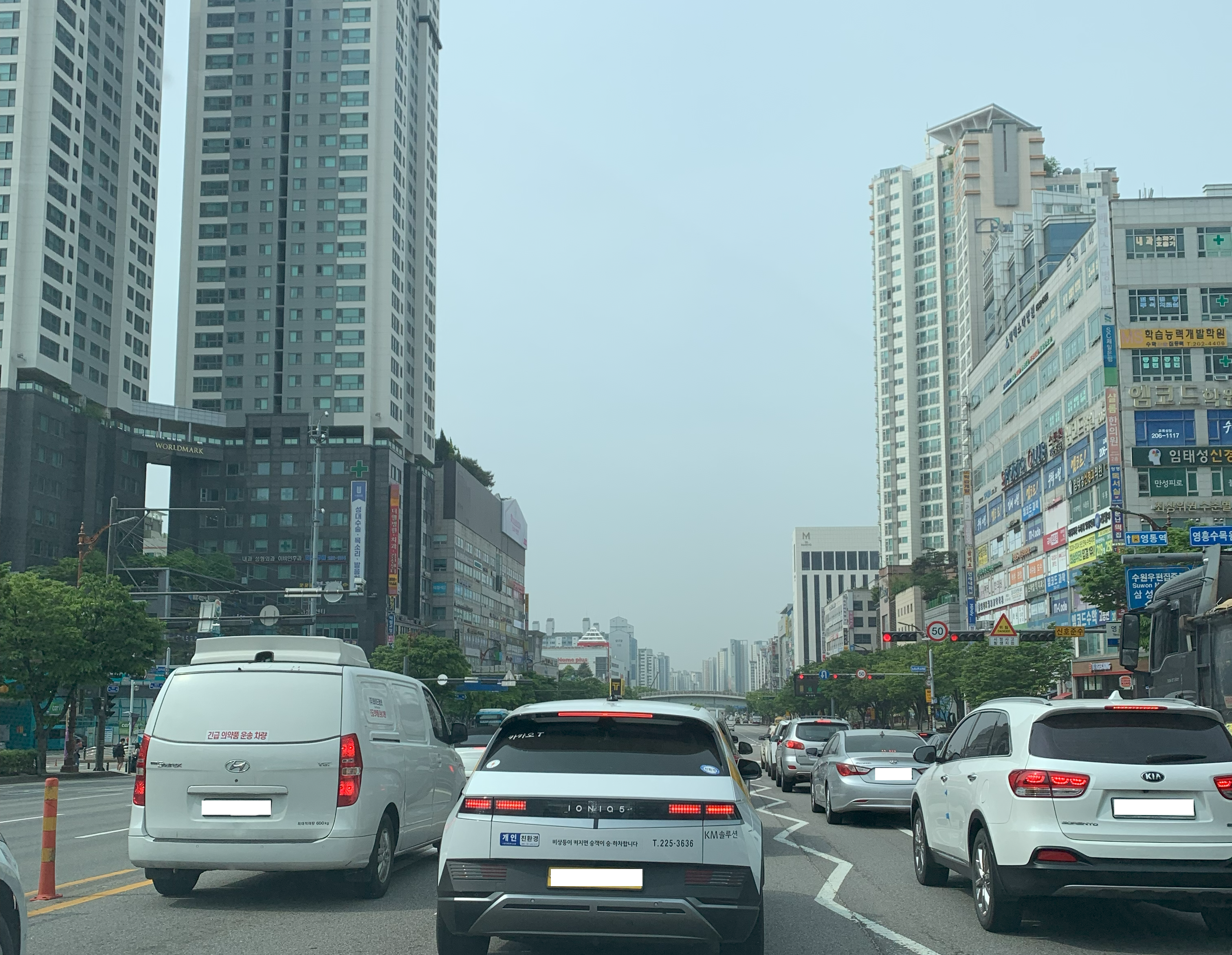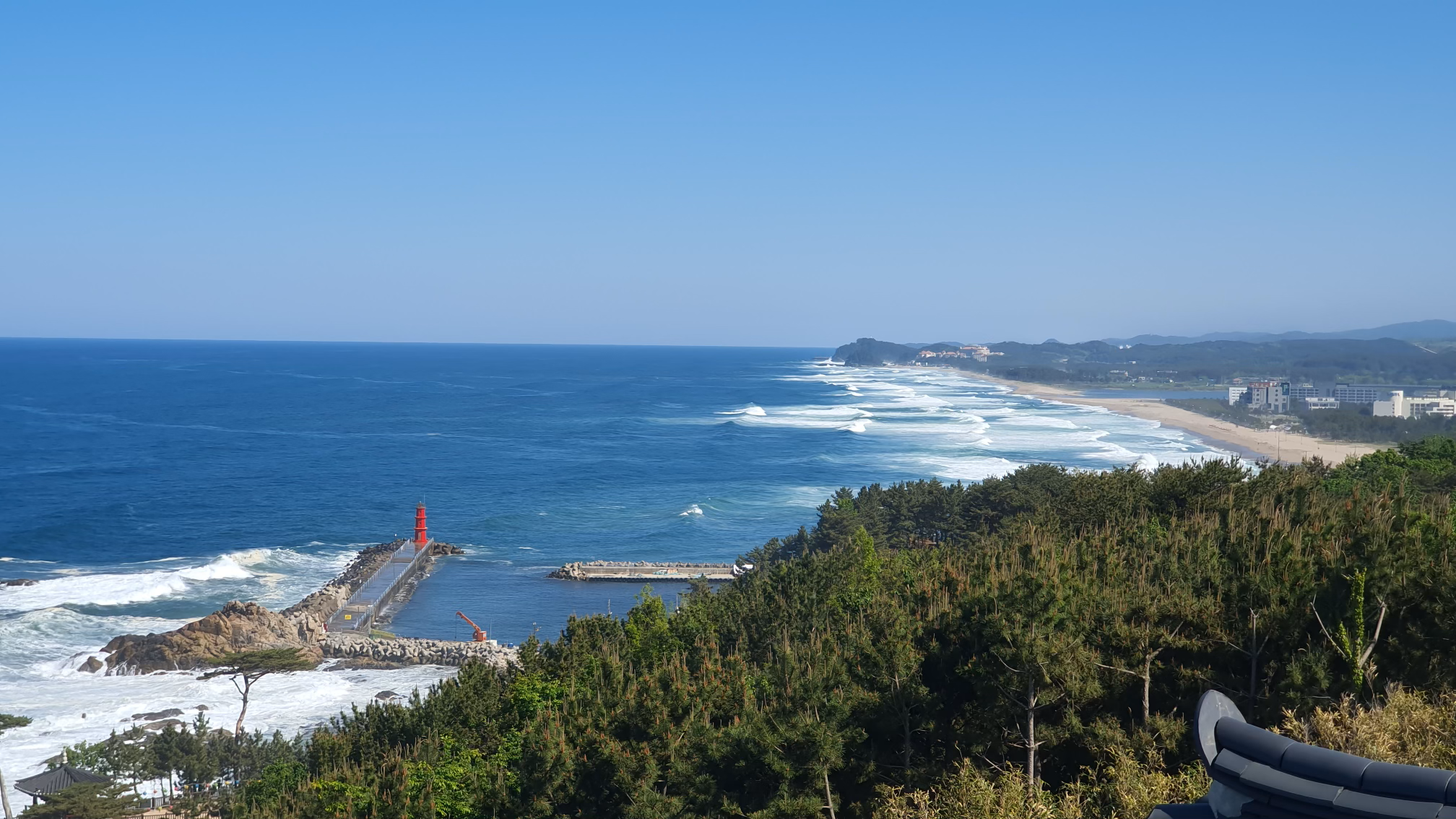I recently returned from a two week trip to South Korea.
This was my first ever trip to Asia. In a lot of ways, I knew what to expect since my wife is Korean and had already shared lots of information about the country and culture. On the other hand, there were many surprises and interesting things that I learned from the experience.
We stayed in Yongin City, which is 40 minutes south of Seoul. We mostly explored in and around Seoul, but also took a short trip to the east coast.
Nothing that I report here will be new, but some may find it intriguing.
Here are a few insights from my trip to South Korea that made a big impact on my Western mind.
1. Bidets are awesome
Before this trip, I had never used a bidet. And Jesus, Mary, and Joseph, have I been missing out on some magic.
I’ll be honest, the first time I was timid. It was a scary feeling to press the button, hear the gentle whirring sound of the spout moving into position, and wait for the payload. But by the end of our two weeks, every trip to the bathroom was an exciting and joyous occasion.
Bidets are far more common in South Korea than the United States. They were installed in every home we visited, at a hotel we stayed at, and even in some public restrooms.
There is simply no denying it, a bidet enhances the bathroom experience tenfold. My eyes have been opened and my life has been split in two: BB and AB (before and after bidet). I will be installing this magic into my home as soon as possible.
2. Breakfast soup
My father-in-law took me out to breakfast almost every morning of our trip, which was very generous of him. I wanted to experience traditional Korean style breakfast, and his tour did not disappoint.
He took me to a different spot every day. Each breakfast consisted of a different kind of delicious soup, with sides of white rice, kimchi, radish, potato pancakes and more.
The soups were amazing and unique in their own way, consisting of meats like pork back-bone and beef ribs mixed with tasty broth and lots of vegetables.

Pork back-bone stew
This style of breakfast was very different from the country boy bacon and eggs I am accustomed to, but I absolutely loved it. I left each breakfast feeling full and satisified, and with happy taste buds.
3. Reverse parking
In the states, most people pull their car forwards into parking spots.
In South Korea, most people swing their cars into reverse and back into parking spots.
4. Beautiful landscape
The landscape of South Korea is stunning.
The country is made up of countless rolling hills and mountains that stretch from coast to coast, with valleys and narrow coastal plains mixed in between.
This backdrop combined with the traditional architecture, modern infrastructure, rich history and peninsula vibes makes for some incredible and visceral views.
One of my favorite parts of the trip was a drive we took from Seoul to the east coast through the Gangwon-Do region. The highway disappears into the mountains through a seemingly endless amount of tunnels that feel modern and futuristic.

Top of the cable car at Seoraksan National Park
I only hit the tip of the iceberg as far as exploring the country, but the landscape that I did experience was amazing.
5. Pediatrician visits
Unfortunately while in South Korea, I came down with a nasty chest cold, which then quickly made the rounds to my son, wife and in-laws.
We had to take our son to the pediatrician twice to get him checked out, and the experience was quite different from here in the U.S.
There was no need to make an appointment. Both times we just showed up, and our son was seen within 10 minutes of arriving. He was seen immediately by a doctor, assessed, and prescribed some medicine, which we were then able to pick up right next door at a pharmacy.
The charge for each visit was $1. I was highly impressed by the efficiency, level of care and cost effectiveness of the experience. The cost of equivalent pediatric visits in the states would have been around $80 and significantly more time spent waiting.
6. Food scissors
In South Korean households and restaurants alike, scissors are a commonplace item used for the cutting and preparation of food.
Almost every restaurant that we visited had a pair of scissors stationed at our table for patrons to utilize for cutting kimchi, meats and other foods.
This is not very common in the U.S. in my experience, but it should be. Scissors are a great tool for food slicing.
7. No tipping
Tipping culture in the United States is intense.
It feels like everywhere you go and at every possible monetary transaction, a tipping screen gets shoved into your face and passively-aggressively shames you to pony up some extra dough.
South Korea does not have this problem. At restaurants, coffee shops, and the like, there is no tipping whatsoever. It’s not an option and not a thing.
There may be other types of services or transactions I am not aware of in South Korean culture where tipping applies, but with every service I encountered, there was no opportunity or expectations for a tip.
8. Space constraints
I had always heard about how space is very constrained in countries with large populations and small geographic bounds like South Korea, but it was very interesting to experience it firsthand.
South Korea is a country roughly the size of Colorado with a population of 51.7 million people, which is nearly 1/6th that of the U.S. There is only so much space they have to play around with, so they must be conservative and creative with how their society is structured.
The cars and parking spaces are much smaller. Parking lots and garages must be designed with precision to effectively fit all patrons.

Somewhere in Suwon City
In the cities and urban areas, clusters of high-rise apartment buildings are scattered everywhere. The majority of South Koreans live in this style of home.
According to my father-in-law, the apartments used to be capped at around 20 stories, but newer developments have been pushing apartment buildings higher and higher - to 30 and 40 floors and beyond.
Overall, I had an absolute blast in South Korea. The amazing food, friendliness of the people, rich history and breathtaking sights captivated me. Flights from the U.S. are expensive, but if you can swing it I highly recommend checking it out.
